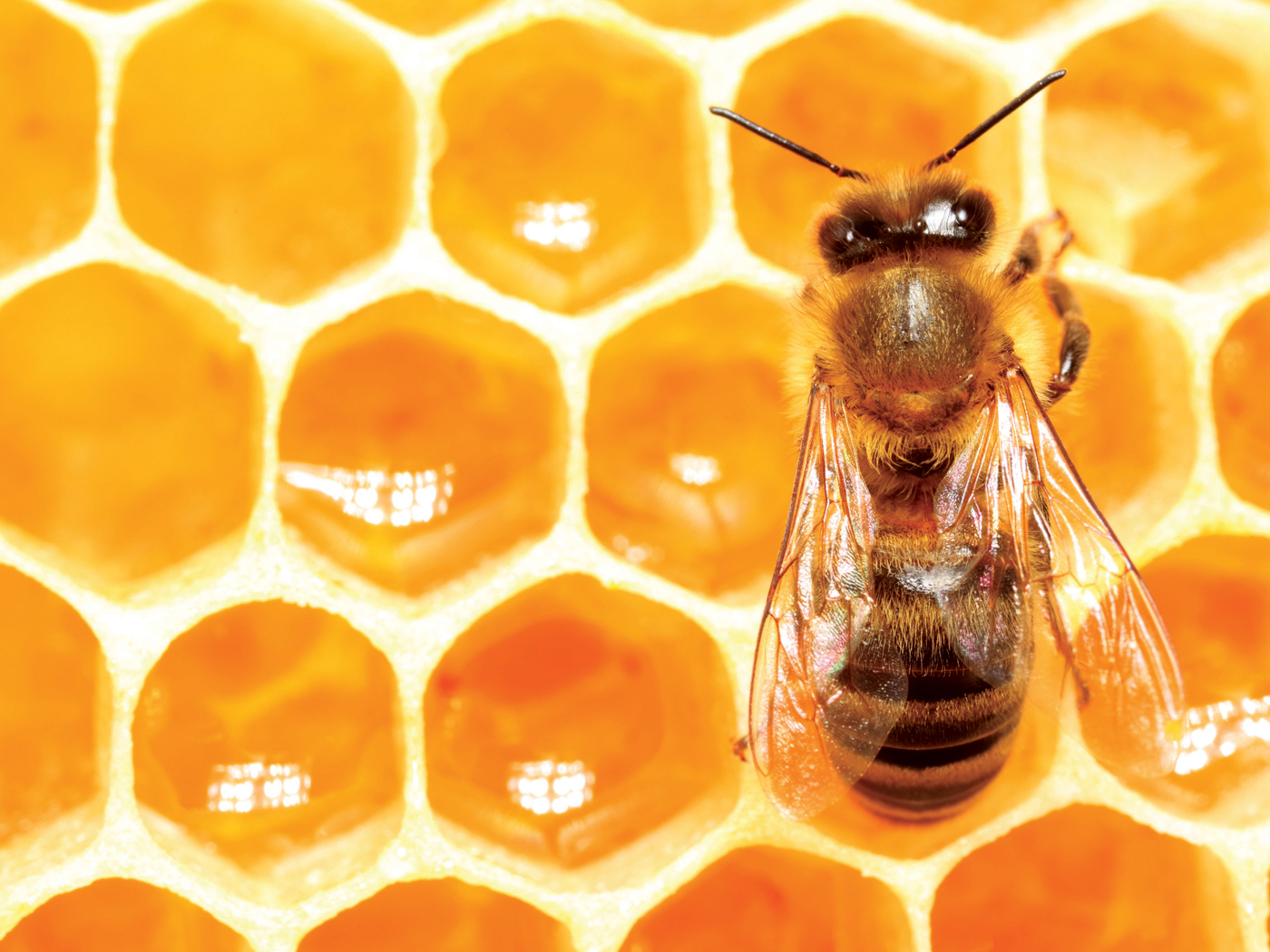Not only was your pelvis designed to provide a lap for spreading a napkin or holding your children or grandchildren, it was also designed by the Creator as an elegant mechanism to attach your legs to your torso.
Evolutionists insist that our pelvic girdle (composed of the pubis, ilium, and ischium) evolved from a fish-like ancestor “millions of years ago.” But that’s just one of the many unscientific “just so” stories of evolutionism. How did a lobe-finned fish—with no pelvis whatsoever— manage to evolve into an amphibian with a complete pelvic girdle? The more evolutionists investigate this strange scenario, the more puzzling it seems and the less likely it occurred.
The relationship of limbed vertebrates (tetrapods) to lobe-finned fish (sarcopterygians) is well established, but the origin of major tetrapod features has remained obscure for lack of fossils that document the sequence of evolutionary changes.1
While non-Darwinists would challenge this supposed “well established” link, they would heartily concur that an evolutionary “origin of major tetrapod features [e.g., the pelvis] has remained obscure.”
Secular paleontology texts show the pelvic girdle, fully composed of the three aforementioned bones, appearing suddenly in early tetrapods. According to evolutionists like award-winning vertebrate paleontologists Jennifer Clack and Per Ahlberg, the earliest known pelvic-girdle elements appeared in the tetrapod Elginerpeton.2 But this single fossil is “troublesome,” according to authors of a secular paleontology website:
The postcranial skeleton is much harder to piece together, as it comes to us in fragments….[Ahlberg’s] reconstruction of almost the entire pelvic girdle from a little nubbin of broken bone is like watching a magician pull a living [“ancient” amphibian] out of a hat. One is tempted to gasp and applaud, even when he explains, very clearly, just how the trick is done. Its [sic] an incredible performance.3
Consider further the dismal history of pelvic evolution research. In evolutionist Barbara Stahl’s 1974 book Vertebrate History, Figure 6.2 supposedly depicts “the relationship of the pelvic girdle to the vertebral column in fish and early tetrapods.” The relationship was nothing of the sort! In the diagram, the fin of the fish is loosely “embedded in the musculature of the ventral body wall,” while the unidentified tetrapod has a complete pelvic girdle with “a sacroiliac articulation [connection]” to the spinal column.4
Interestingly, evolutionist Michael Benton shows the same illustration in his 2015 paleontology text.5 So, between 1974 and 2015 there were no compelling discoveries regarding the supposed transition from the loose pelvic fins of fish to the sophisticated pelvic girdle of land animals.
A 2012 comparative vertebrate anatomy text shows in Figure 9.21 a “summary of pelvic girdle evolution” starting with sarcopterygians (lobe-finned fish, including the “living fossil” coelacanth) with no pelvic girdle.6 The very next illustration shows an “early tetrapod” complete with pubis, ilium, and ischium. There is no transition between the two, either in the diagrams or the fossil record. Creationists are hardly surprised because macroevolution is false—fish never learned to walk.
Indeed, in 2012 Jennifer Clack discusses the pelvic fin skeleton of a fossil fish called Panderichthys, saying it “shows no especially tetrapod-like features.” But she still considers it part of the mysterious evolutionary progression from a fishlike to a tetrapod-like state. The next fossil she lists after Panderichthys is Acanthostega, with a fully formed pelvis. She suggests the transition between them was rapid, but “there are more or less no clues to the intermediate forms.”7
No clues? Creationists have a better explanation that just happens to piece the puzzling fossil facts together: God created fish as fish and tetrapods as tetrapods.
References
- Daeschler, E. B., N. H. Shubin, and F. A. Jenkins, Jr. 2006. A Devonian tetrapod-like fish and the evolution of the tetrapod body plan. Nature. 440 (7085): 757-763.
- Clack, J. 2012. Gaining Ground, 2nd ed. Bloomington, IN: Indiana University Press, 433.
- Elginerpeton: Getting Off on the Wrong Foot. Palaeos: The Vertebrates; Sarcopterygii: Elginerpeton. Posted on palaeos. com, accessed March 1, 2013.
- Stahl, B. J. 1974. Vertebrate History: Problems in Evolution. New York: McGraw-Hill, 202.
- Figure 4.2, where Benton references Stahl. Benton, M. J. 2015. Vertebrate Paleontology, 4th ed. Malden, MA: Blackwell Science Ltd. (Blackwell Publishing), 87.
- Kardong, K. V. 2012. Vertebrates: Comparative Anatomy, Function, Evolution, 5th ed. New York: McGraw–Hill Higher Education, 342.
- Clack, 217.
* Mr. Sherwin is Research Associate, Senior Lecturer, and Science Writer at the Institute for Creation Research
Cite this article: Sherwin, F. 2013. Paleontology’s Pelvic Puzzle. Acts & Facts. 42 (5): 16.






















